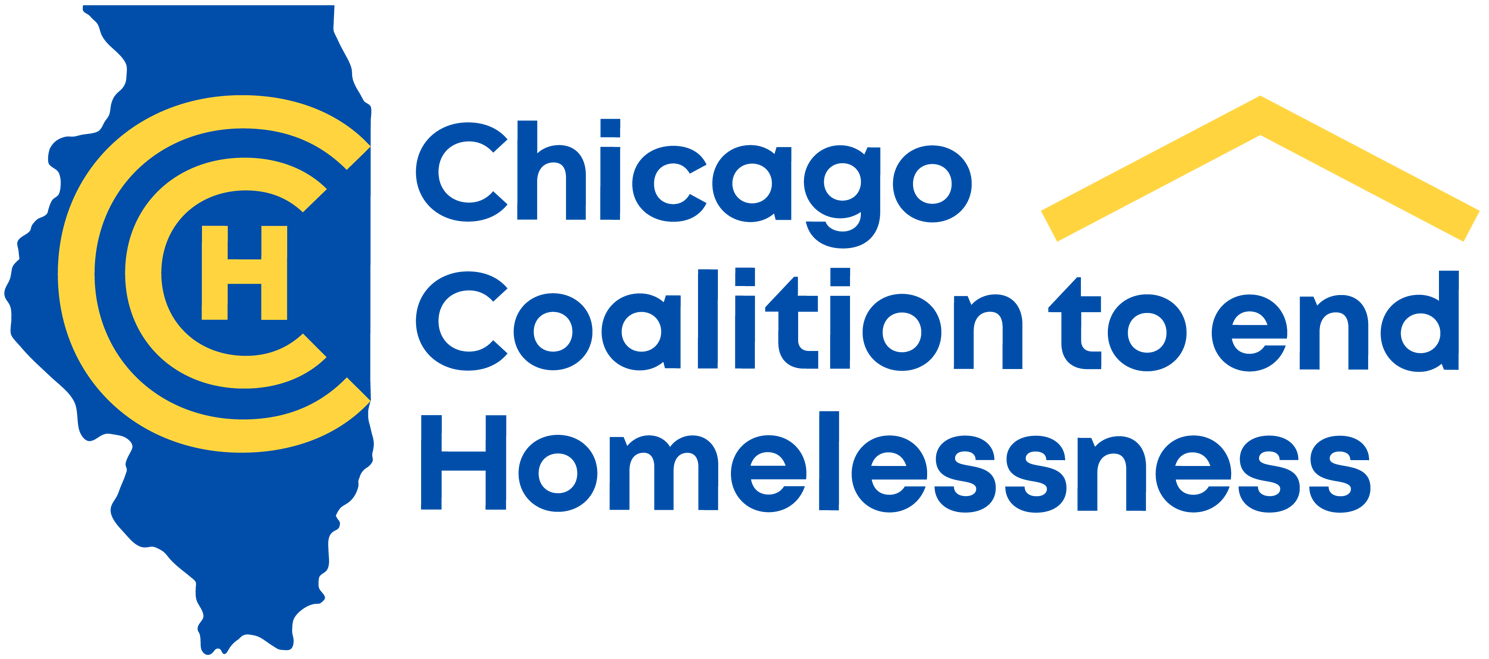The push for a small answer to a massive problem

(Jamie Ramsay graphic)
By Deanna Isaacs
The fetish for upscale tiny houses has been around long enough for some of the novelty to wear off. In the wake of the mortgage meltdown, the micro dwellings flourished as McMansion antidotes. They made a statement about carbon footprints and financial restraint, even if equipped with hot tubs and high-end sound systems. And they tickled our fancy, their peaked roofs and window boxes evoking the whimsical playhouses of childhood. They inspired their own reality television shows, lifestyle websites, and magazines, as well as numerous listings on Airbnb ($138 a night on a lake near downstate Carbondale, for example; $195 in Schaumburg, up a tree).
They turned out to be great for one-night escapes and committed minimalists; not so good longer-term for folks with offspring, an average pile of possessions, or a susceptibility to cabin fever.
But now the mini abodes are finding a new, potentially larger niche at the opposite end of the income spectrum—as the hot topic in discussions about the homeless. Experimental tiny-house communities for the homeless have already been built in at least a half-dozen cities (Madison, Detroit, Dallas, Austin, Portland, and Seattle), and if advocates have their way, one may soon be coming to Chicago.
All it’ll take to get the residential concept here is the will to overcome the likely NIMBY response, money, and—the hardest thing to come by—changes in the zoning law. Chicago, like many cities still leery of the shacks and shantytowns that were the blighted tiny homes of the Great Depression era, stipulates a minimum size for free-standing dwellings of 500 square feet, and forbids multiple free-standing houses on a single lot. Tiny houses range from about 125 to 400 square feet; those envisioned for Chicago would typically be about 325 square feet, or roughly the size of a single-car garage. Chicago Tiny House Inc., the newest of a half-dozen organizations trying to bring the little homes here, held a fund-raiser on January 26 in Uptown. An audience of about 75 people, scattered on folding chairs and looking sparse in the ample auditorium of Wilson Abbey, heard Scott Ingerson, the group’s director of community engagement (and resident balloon sculptor), say that they’re raising money for a pilot cluster of five tiny houses for veterans—and what they need is volunteers, sponsors, and donations.
Alan Mills, executive director of the Uptown People’s Law Center, was the keynote speaker for the event, which included live music (by former Rez band front man Glenn Kaiser and an inspired set by the Jazz Robots), a silent auction, and a raffle. Mills said homelessness “is a choice we make as a society,” and “in Uptown alone, we’ve lost 1,000 affordable housing units in six years.”
According to Mills, if you count all the “double-ups” and couch surfers, there are 100,000 homeless people in Chicago. La Casa Norte, which provides housing and services to homeless youth and families, estimates 125,848 in the Chicago area. “The city’s solution is to criminalize it,” Mills says, referring to the Chicago Police Department’s use of an ordinance intended to keep businesses from storing goods on the public way to confiscate the tents and other possessions of those who are homeless. Meanwhile, “we in Chicago are spending $95 million for a police training facility,” Mills told the audience. “That would build a lot of tiny houses.”
Chicago Tiny House founder and president Brien Cron said the event raised “a little over $1,000” of the $125,000 the organization will need to build five houses for veterans. But the group will start with a prototype, of 320 square feet or less, and it won’t be doing it in Uptown. Cron says that—in spite of a recent starring role in a video in which he advocated for tiny houses to combat homelessness—46th Ward alderman James Cappleman has made it clear that Uptown, which for decades has been home to the city’s most visible homeless populations, “has no space for them.” The Chicago Tiny House Inc. cluster would be built in the Humboldt Park area, where First Ward alderman Joe Moreno says he’s working with them to find a location. Cappleman’s chief of staff, Tressa Feher, says the alderman definitely would support tiny houses for homeless people in Uptown, but he hasn’t been presented with a proposal for them.
Cron’s group launched last fall, after the cops’ removal of tent dwellers who’d been living under Lake Shore Drive bridges at Wilson and Lawrence attracted a lot of media coverage. Chicago Tiny House meets at 7 PM every Monday at 920 W. Wilson—across the street from the Abbey—in the long-standing communal home of Jesus People USA (JPUSA). “We’re a group of Christians, out of Jesus People USA, and we’re dedicated to helping our city with homelessness,” Cron told me. “Our basic need right now is public awareness of who we are and what we’re trying to do.”
Cron had no comment on a 2014 documentary film, No Place to Call Home, made by former JPUSA resident Jaime Prater, that included allegations of child sexual abuse decades ago at the commune, or on lawsuits filed against JPUSA over the same issues.

The 2015-2016 Tiny Homes Competition was won by three Chicago architects: Terry Howell, Marty Sandberg, and Lon Stousland. Their design is a 336-square-foot, brick-walled, shed-roofed home with loft, porch, and fully functioning bathroom and kitchen.
If that’s enough to give you pause, rest assured that Chicago Tiny House Inc. isn’t alone in its enthusiasm for this approach to the problem of homelessness. Besides the predictable interest of companies manufacturing some of the little structures, organizations such as the Chicago Coalition for the Homeless and All Chicago (a nonprofit providing emergency funds, research, training, and more to “make homelessness history”)—which estimates that close to 6,000 homeless people are on the streets of Chicago on any given night—welcome tiny houses as a part of the solution. CCH executive director Douglas Schenkelberg says the tiny houses, while not the sole solution, “can play an important role.” And All Chicago CEO Nonie Brennan says the tiny houses are especially valuable for “their ability to bring attention to the issue of homelessness.” But talking to any of the people in the field about tiny houses and homelessness leads pretty quickly to a surprising expert on the subject: Tracy Baim, editor and publisher of the Windy City Times.
Baim traces much of the current activity to a summit Windy City Times sponsored on youth homelessness in the LGBTQ community four years ago. One of the ideas that came out of the summit was that a community of tiny homes could work for homeless college students; another was the launch of a new nonprofit, Pride Action Tank, dedicated to “inquiry, advocacy, and action,” on LGBTQIA issues. In 2015, Pride Action Tank teamed up with AIA Chicago, Landon Bone Baker Architects, and the Alphawood Foundation to conduct a tiny-homes design competition that drew more than 250 entrants from around the world. The contest was won by three architects who met as students at Notre Dame and now live and practice in Chicago: Terry Howell, Marty Sandberg, and Lon Stousland.
Their winning design—a 336-square-foot, brick-walled, shed-roofed home with loft, porch, and fully functioning bathroom and kitchen—was built during a tiny-homes summit on the University of Illinois at Chicago campus in 2016, and was subsequently moved to Back of the Yards, where it was open for tours until last fall.
“Having that model was hugely part of our goal, because once people stepped inside of it, they understood what we were talking about”—separate structures, more like real homes, as opposed to warehousing, Baim said. “They have a little plot of land. They’re lower cost and quicker to build. They’re also lower cost to operate in the long term, because you’re just air-conditioning this one unit—no hallways or elevators. And you can build them on one lot or on a whole city block.”
Last fall, after Catholic Charities expressed an interest in tiny houses, 14th Ward alderman Ed Burke introduced a City Council resolution calling for consideration of them, and a joint committee hearing was held. “They approved the concept of tiny homes being added to the tool kit of responses to homelessness in Chicago,” Baim says. Her group is now working on plans for a pilot project and (with the other interested groups) facilitating the policy changes that’ll make it possible to build in Chicago.
“There are other cities where tiny homes don’t make sense—it’s a density issue,” Baim says. “But Chicago and Detroit [with plenty of vacant lots] have great opportunity in this area. The heavy lifting will be about the minimum size and the issue of multiple free-standing buildings on a single lot.”
Pride Action Tank has partnered with La Casa Norte for the pilot, which will consist of ten tiny homes for homeless college students in the West Englewood area, about a mile from Kennedy-King College. The wood frame houses of about 350 square feet are being designed by Landon Bone Baker Architects, and will be attached in pairs. The cluster will include two slightly larger ADA-accessible homes and a common house for group events. Casa Norte will operate the finished cluster.
After months of planning and meetings, Baim says the project is now in the money-raising phase and is offering naming rights for $50,000 per house. (Baim has committed to raising that amount in order to name one house after her deceased mother.) The project already has some foundation support (from the Polk Bros., Alphawood, and Pierce Family Foundations), but organizers will be looking to more foundations, individual supporters, and the city for the remaining funding. They aim to raise between $1.5 and $2 million, the projected total budget for the project.
That’s definitely not cheap, but Baim says the houses themselves will each cost about $70,000 for construction and a possible additional $20,000 if environmental mitigation is necessary. And a pilot is always more expensive than subsequent building on a larger scale. Still, she says, it’s a relative bargain. “Typical affordable housing in Chicago, believe it or not,” she says, “is about $400,000 a unit.” Chicago could address the need for more affordable housing for the working poor if major entities like CHA “got on board” with this idea, Baim says. “CHA could be building, on a for-profit basis, for people who could afford a mortgage on a $50,000 to $70,000 tiny home that’s brand-new, versus spending all the money they do on inadequate housing. They’re subsidizing slumlords out there and landlords in general, but they’re not building anything new.

“I believe tiny homes can solve a lot of different types of needs out there—not just youth homelessness, which we’re focused on, but also some of the working poor, and seniors and veterans who are just getting warehoused,” she adds.
“We’ve lost tens of thousands of units in this city in the last 20 to 30 years, and there’s vacant land everywhere, including lots near the Green Line. We don’t need towers, but we could build tiny homes that people could get mortgages on and own, and CHA could get their money back because most of the people out there who are struggling are people who, with help on housing, could make it. And then you could concentrate all the rest of the money on people who need the supportive services—substance abuse treatment, mental health services, medical support.
“We’re talking about a city with excellent land and transportation. The ‘housing first’ model has proven itself in most cities that have tried it. It’s lower cost to house someone than to have them on the streets, utilizing services like Streets and San, police, jails, emergency rooms, not to mention their own physical and mental stress.
“We’re not saying that anything that’s currently being done should not be done. [The tiny houses] are not for everybody, and they won’t all be the same. What we’re saying is that this should be added to the tool kit for those who it’s appropriate for.”
Finally, Baim said, she’s often asked if the tiny houses will be on wheels (as they are in some locations). Her answer to that is a firm no. “It’s not meant to be portable. It’s meant to be a smaller-footprint home. Like studio apartments, but with a plot of land.
“People should think about this as ‘Honey, I shrunk the house.’ ”
Alderman Burke’s office says he’s “waiting for someone to come to us with a solid plan and a clear ask.” Chicago deputy commissioner of planning and development Peter Strazzabosco says that “pending community input and other standard review and approval processes,” the city “is encouraging financially viable [tiny house] proposals and think[s] they can have a positive role within the city’s housing market.” The zoning changes that will make them possible for homeless Chicagoans will likely also open the door for anyone who still wants to live the upscale downsized fantasy. v







